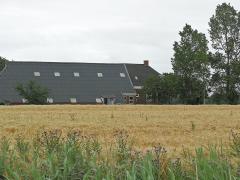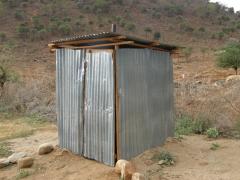Global impacts of surface ozone changes on crop yields and land use
Exposure to surface ozone has detrimental impacts on vegetation and crop yields. In this study, we estimate ozone impacts on crop production and subsequent impacts on land use in the 2005–2050 period using results of the TM5 atmospheric chemistry and IMAGE integrated assessment model. For the crops represented in IMAGE, we compute relative yield losses based on published exposure-response functions. We examine scenarios with either constant or declining emission factors in a weak climate policy future (radiative forcing target of 6.0 W/m2 at the end of the century), as well as co-benefits of stringent climate policy (targeted at 2.6 W/m2).
Without a large decrease in air pollutant emissions, higher ozone concentrations could lead to an increase in crop damage of up to 20% locally in 2050 compared to the situation in which the changes in ozone are not accounted for. This may lead to a 2.5% global increase in crop area, and a regional increase of 8.9% in Asia. Implementation of air pollution policies could limit crop yield losses due to ozone to maximally 10% in 2050 in the most affected regions. Similar effects can be obtained as a result of co-benefits from climate policy (reducing ozone precursor emissions). We also evaluated the impact of the corresponding land-use changes on the carbon cycle. Under the worst-case scenario analysed in this study, future ozone increases are estimated to increase the cumulative net CO2 emissions between 2005 and 2050 by about 3.7 Pg C, which corresponds to about 10% of baseline land use emissions over the same period.
Authors
Specifications
- Publication title
- Global impacts of surface ozone changes on crop yields and land use
- Publication date
- 29 January 2015
- Publication type
- Publicatie
- Magazine
- Atmospheric Environment
- Product number
- 1710




